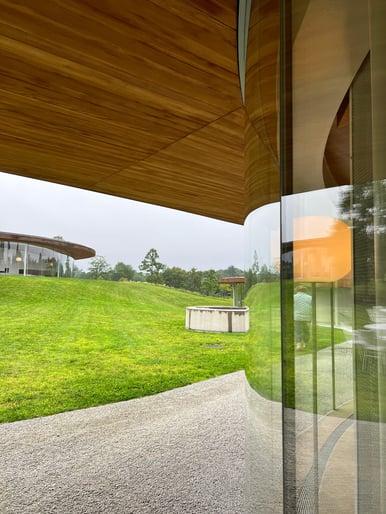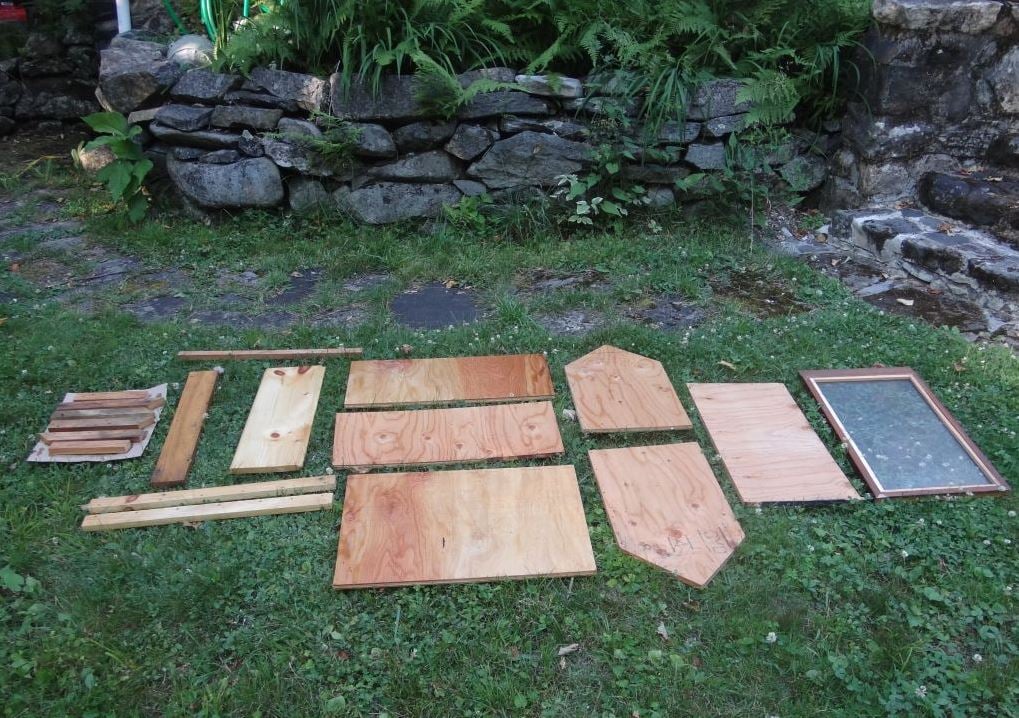By: Amy Albandoz
Architecture is a reflection of our ideas and values. It stands as an embodiment of what we believe is important.
It is conceived through tumultuous thinking, hours of unpacking its purpose, presenting and representing, and conscious team effort. But nevertheless, it never once loses its connection to what is most important- people.
We all know that what we design and build will have an impact, likely one far more extensive and complicated than first assumed…
But how exactly is architecture impactful? The obvious answer that comes to mind is: its impact on the environment- the quantitative and measurable results, on people- the “wow” moment, and on place- the creation of a destination. Saying architecture has an impact is easy, and we can see it, but what about its intrinsic impacts?
If architecture reflects our ideas and values, how does it reflect back on us when we occupy it? Does it change us? Is it manipulating us, our feelings, our values?
It can, and it should.
Most people can feel the character of place and synergize with its genius loci- its atmospheric spirit. They can feel the heaviness- or the lightness- of a space, whether they can outwardly recognize it and describe it in words or not. To give conscious thought to that phenomenon, to unpack that feeling and ask “why,” to reflect, is to come one step closer to finding its intention. And once that is found- the connection formed with space can bring another level of depth to a relationship which started the moment your foot crossed the threshold.
At Grace Farms, being surrounded by this architecture that seems almost impossible and ethereal in its beauty- otherworldly- gave me newfound appreciation for its context. Given enough contrast between what is built and what is natural, I began to really look at my surroundings. Grace Farms became less about the place, less about the project, and more about what it framed: the tall grasses- the wildflowers- the trees. Beyond that, it became about facilitated connection- between the environment, the sky, the project’s volumes, and between its occupants. You become acutely aware of the people around you. Their quiet breathing, their excited voices, the passing smiles — of what they’re reading, if they’re napping, or if they’re simply passing by. You get an intense feeling of belonging as you become grounded to where you are in the present moment.
But then, what about the places which aren’t as flashy? What about the local library and the Big-box stores, those places built to answer a problem without necessarily addressing the poetics of space? What is their impact, and why does it matter? Why should we care?
The places which tend to fall out of mind have incredible reach. For instance, one American multinational retail corporation serves an average of 10,000 customers daily. Those 10,000 individual lives are directly in dialogue with the spirit of the place. They may not feel it, partly due to the quietness of the building (by contrast Grace Farms is, conceptually, quite loud), but it is ever present. Thus, there is a unique opportunity to send a shared message to all those who visit- an opportunity which is currently underutilized across cities.
But the answer doesn’t necessarily lie in designing something new, as design is not a one-stop-shop – it lies in the creation of spirit. It lies in tapping into the existing wealth of culture and community surrounding these places. Think of Grace Farms, but not in the sense of the built thing; rather in the sense of how community has been fostered and given a place to grow and how voices have been brought to the forefront.

So why can’t the Big-box typology become a cultural hub and grow its spirit? Can we imagine a future where pedestrians are welcomed through an active public transit system, safe parking lots and infrastructure, and access to moments of rest or shade? What about the sharing of a nearby local park, where people are invited to spend time with their community after chance encounters at the neighborhood store?
It may be wishful thinking at first glance, but real direct change comes from a strategized approach. It comes from a willingness to take in the reality and find something to improve upon. Meet areas where they are and move each of them forward with small, tangible improvements that will snowball to have larger, long-lasting effects. The supermarket, for example, may never be as outwardly beautiful as Grace Farms, but it can become a place of safety, connectivity, and energy. It can become an embodiment of what’s truly important- people.
We – not as architects or designers, but as people with shared ideas and values– have a responsibility to contribute towards growing the positive impact of the built environment… and it all starts with reflection.
Top Image Credit: Amy Albandoz at Grace Farms in New Canaan, CT
Inline Image Credit: Paul S. Butkus at Grace Farms in New Canaan, CT





